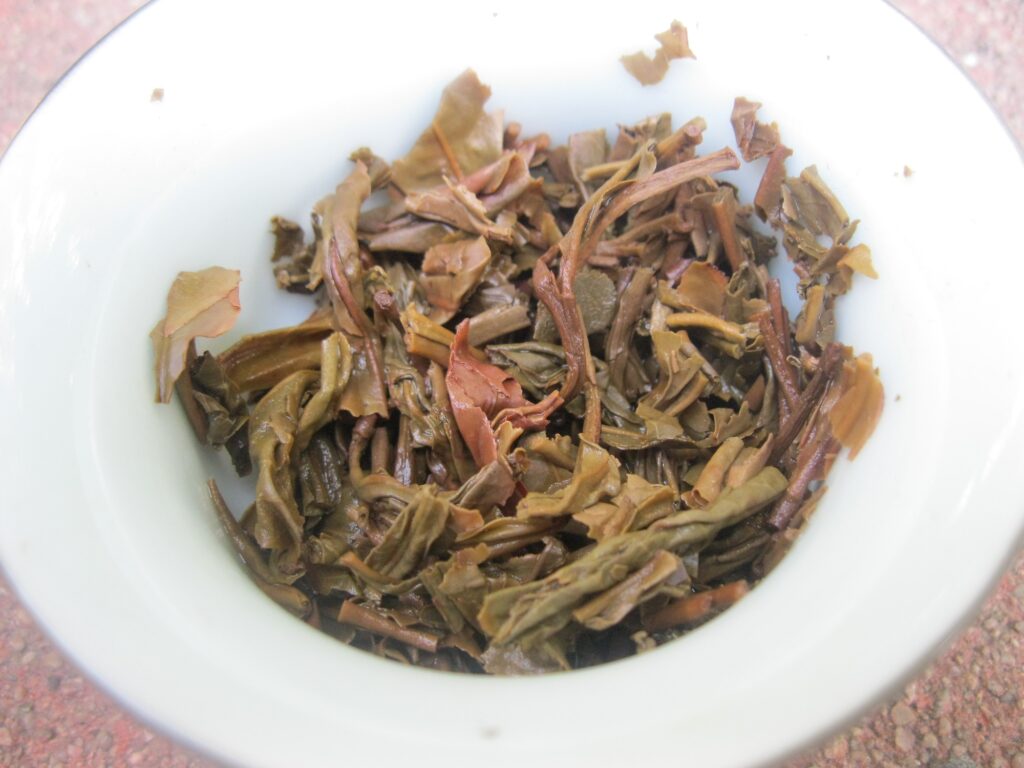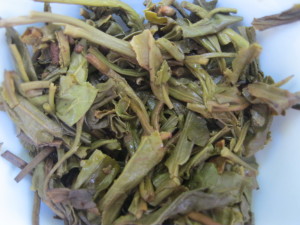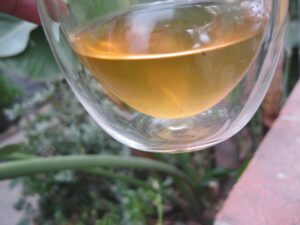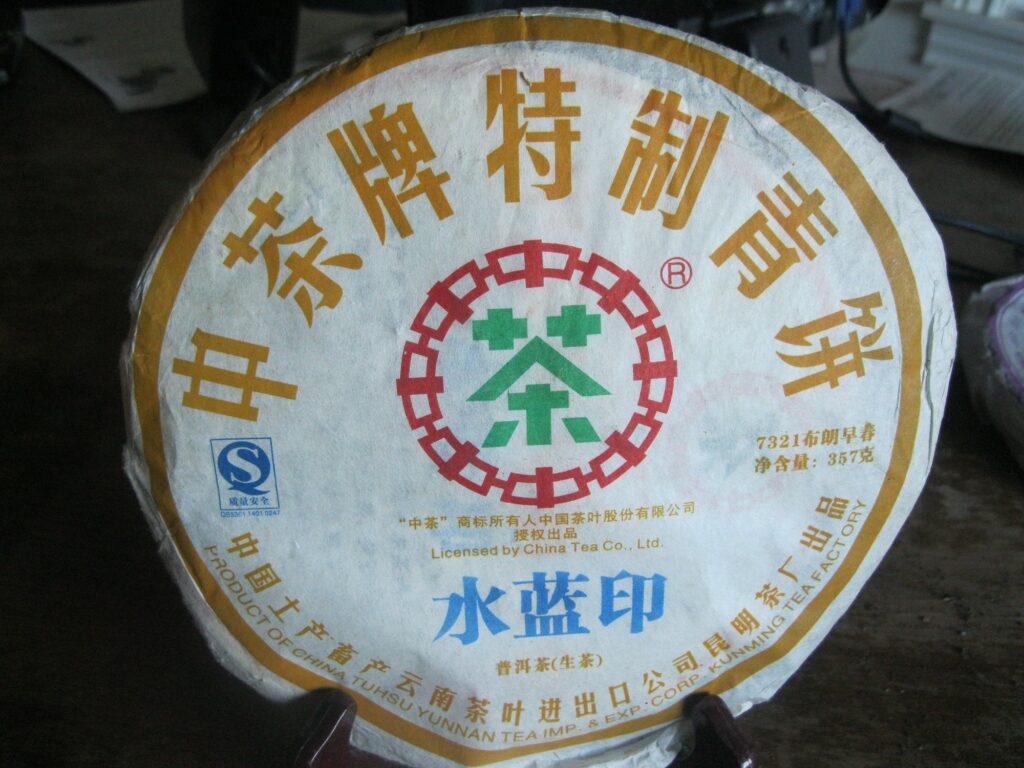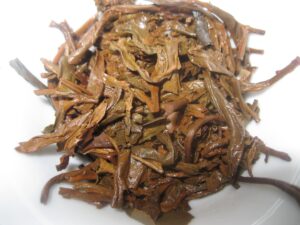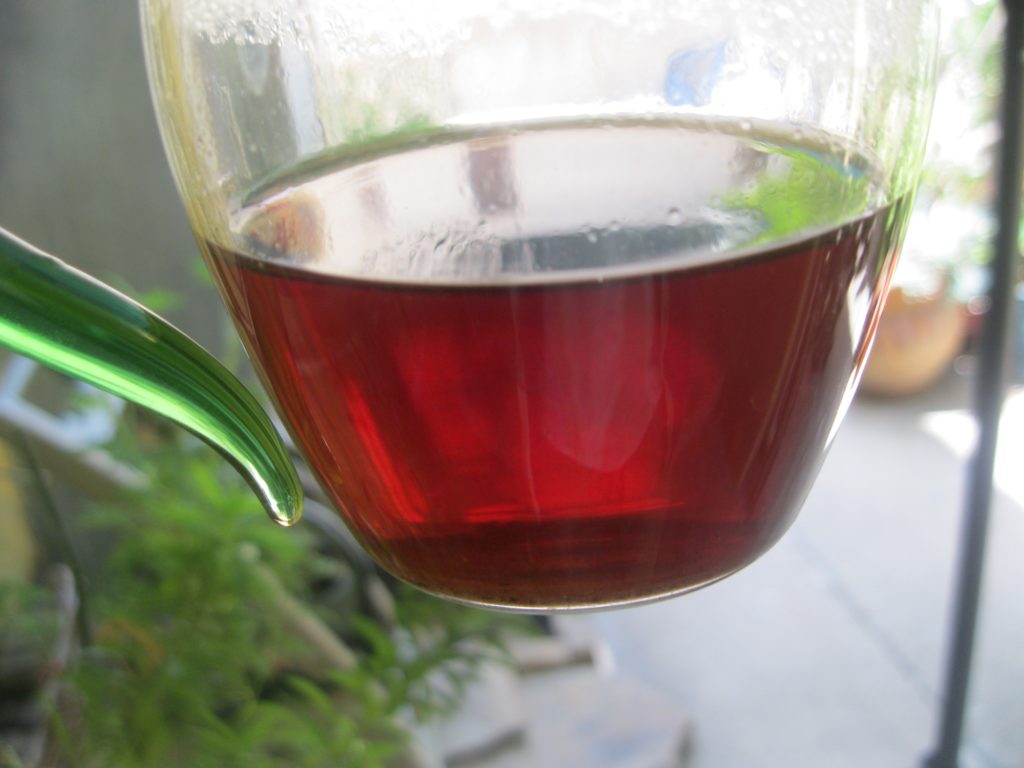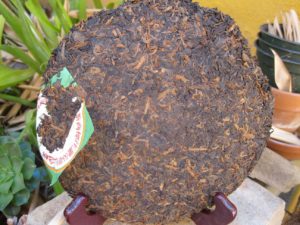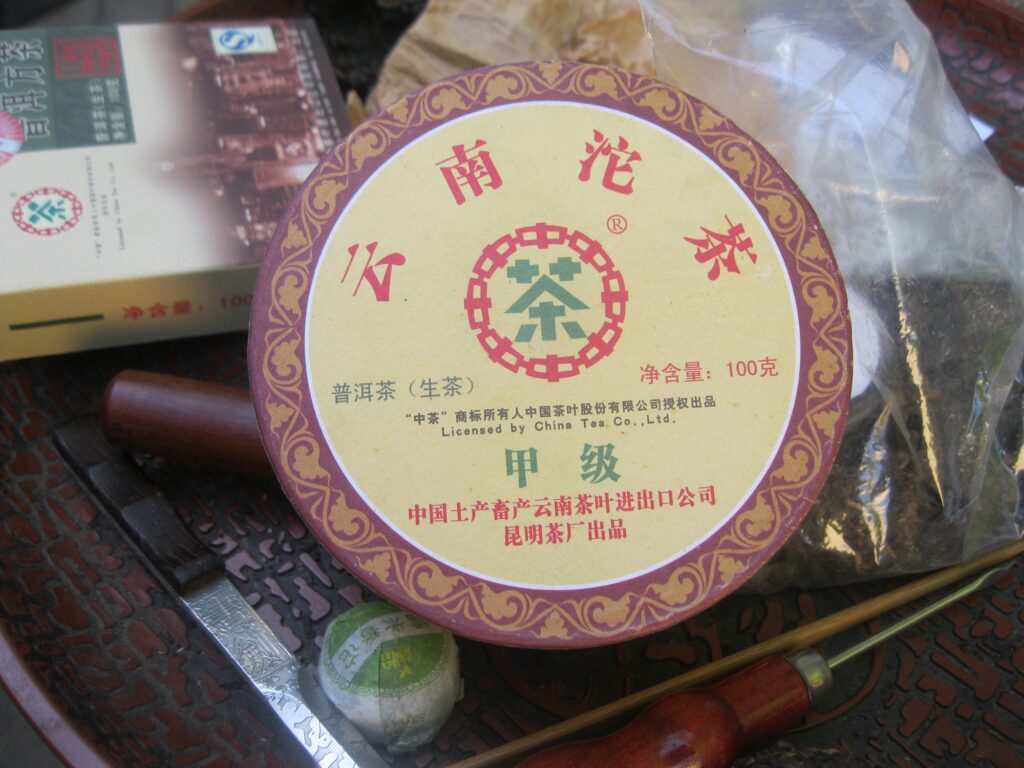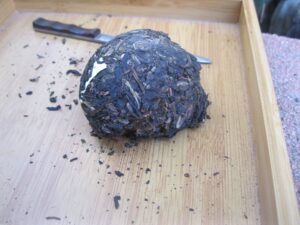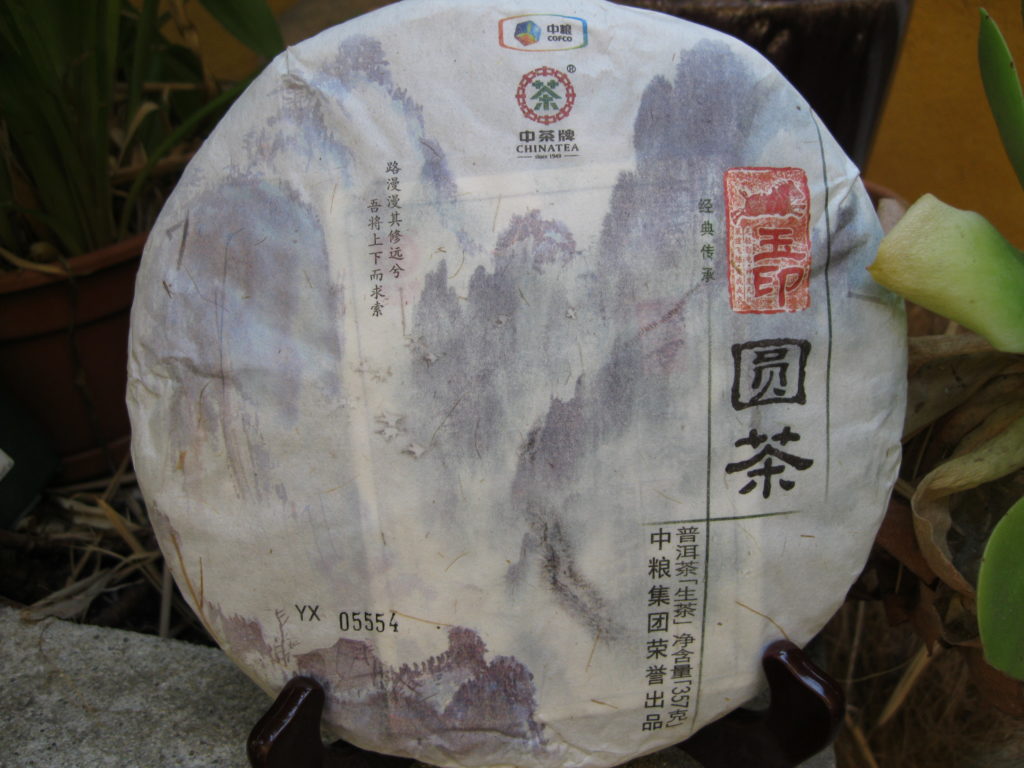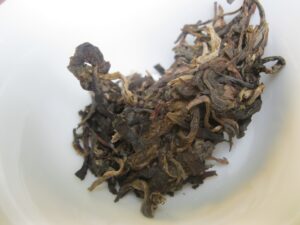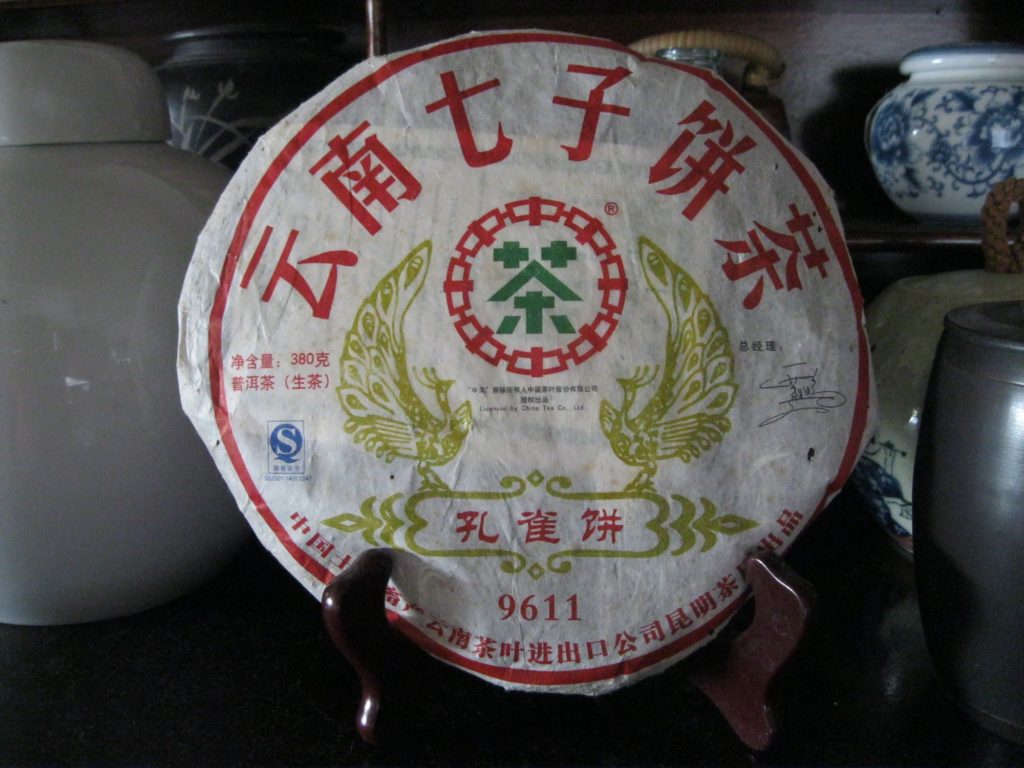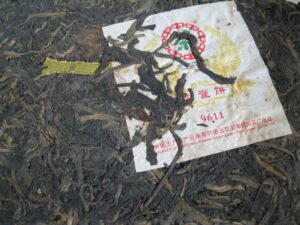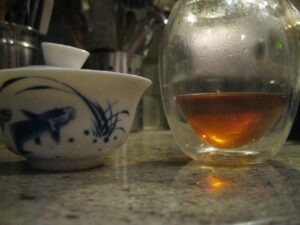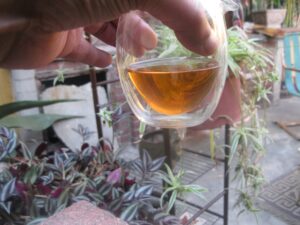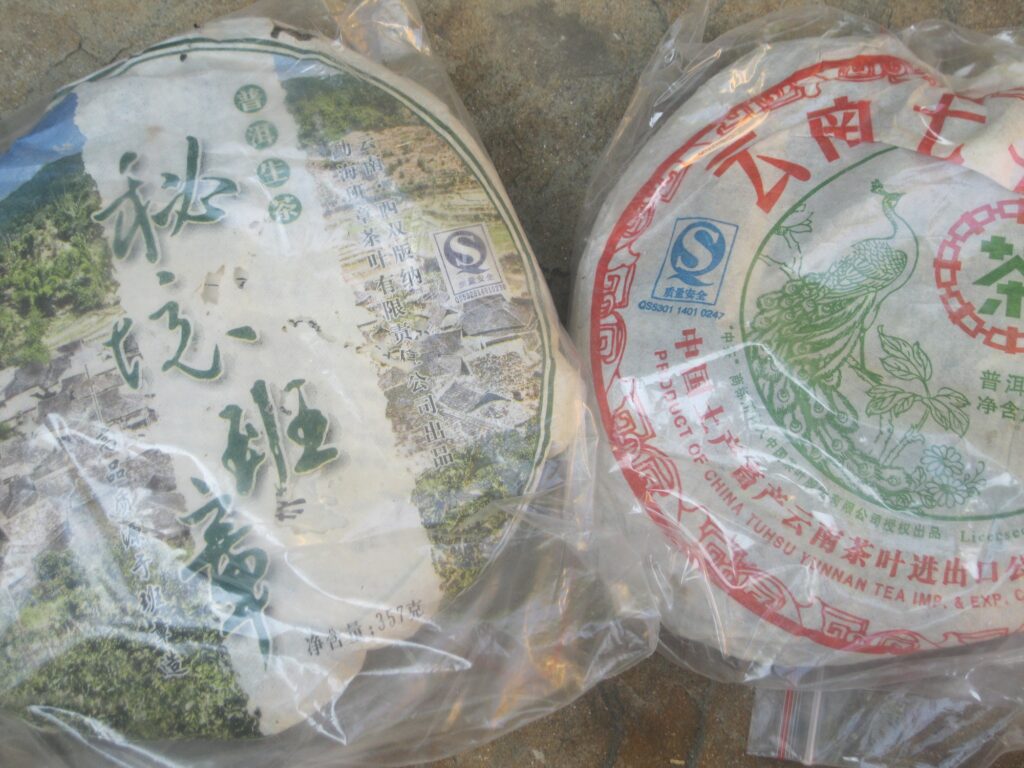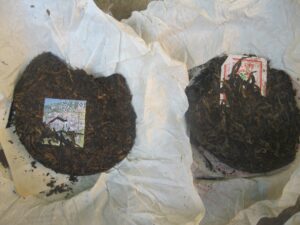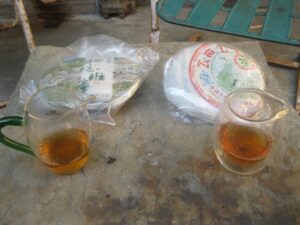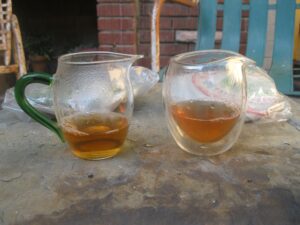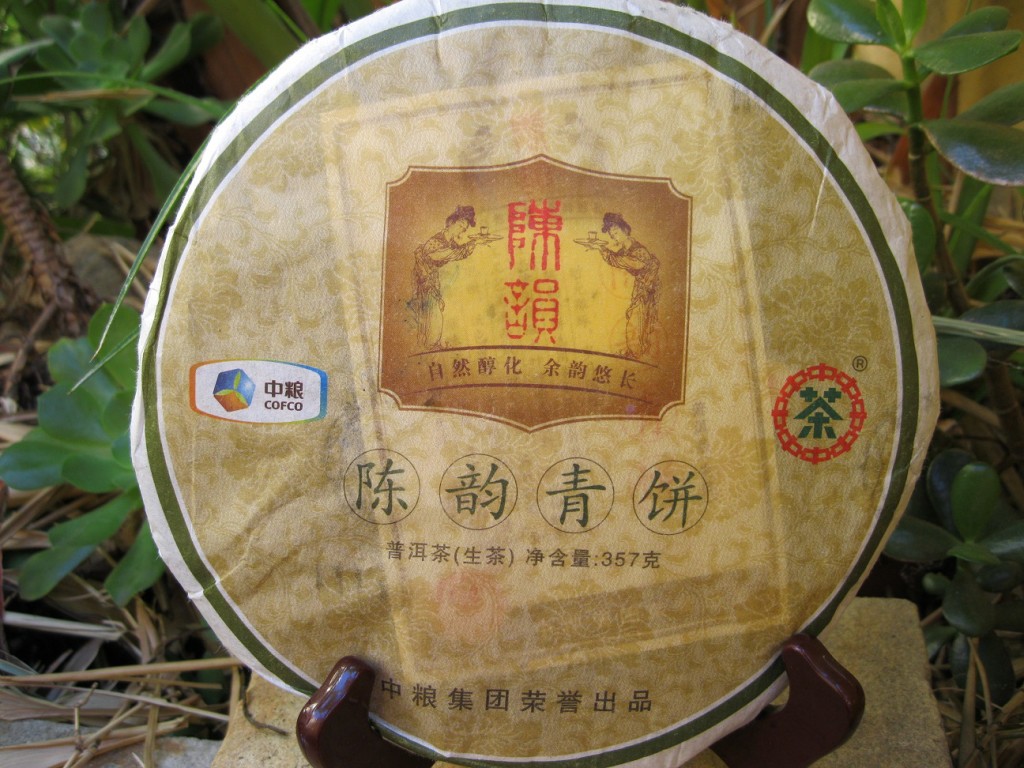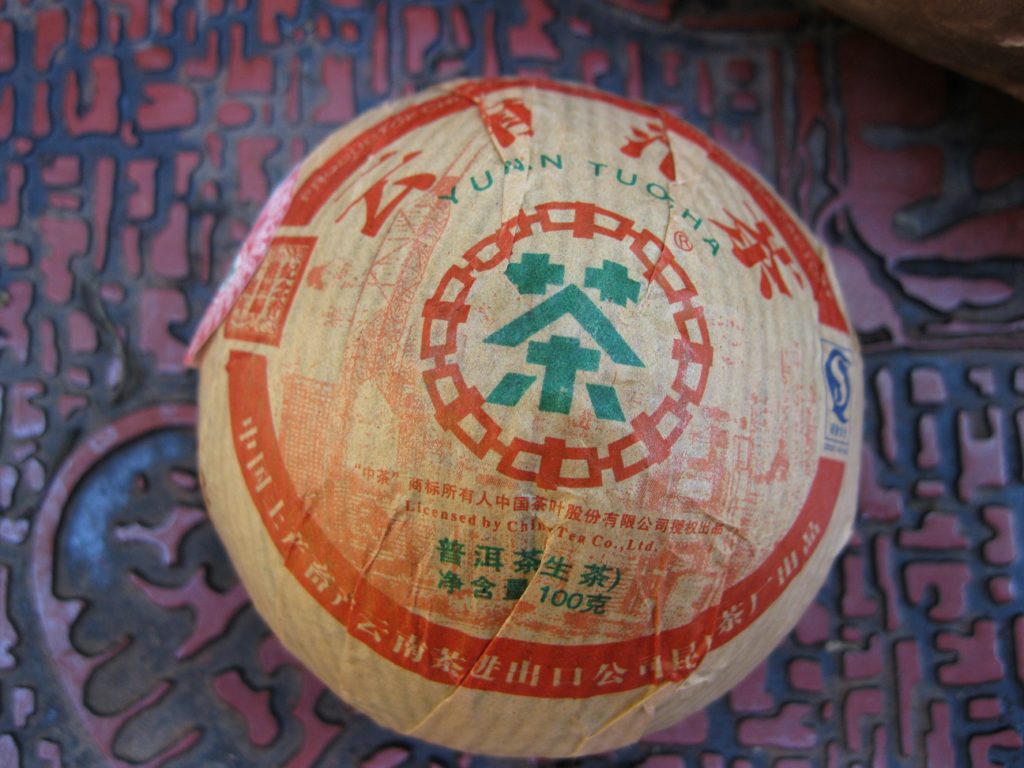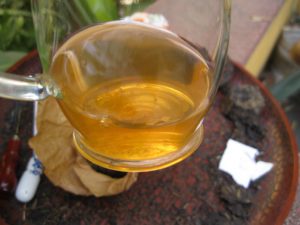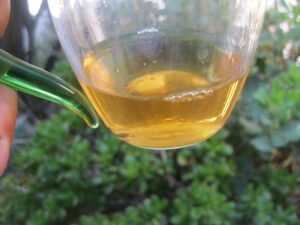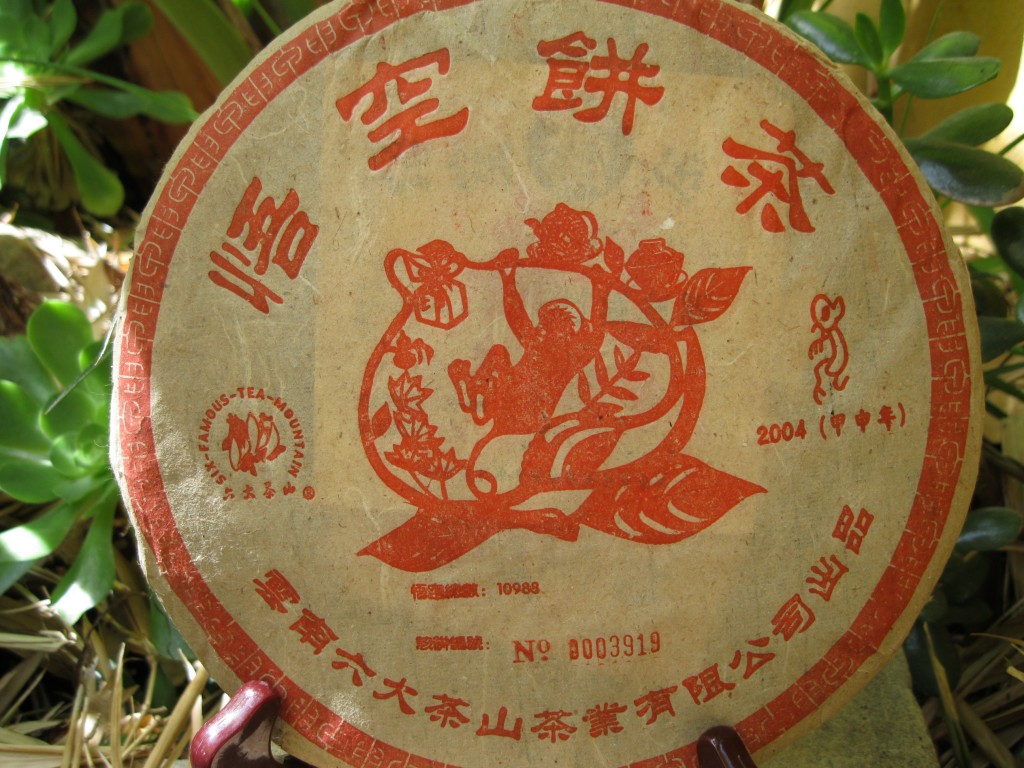Puerh Rating: Fu
The Puerh Junky Rating System (PJRS) takes on Fu. This is a ’12 Zhongcha/KMTF raw cake that has been storing in Los Angeles since ’15. This cake harkens back to a simpler time in purchasing puerh. Then Zhongcha offerings sold for easily one-third what they do now. The “Fu” character on the wrapper is not the new year “fu” (福) but conveys a similar sense of fullness and richness through fragrance (香).
After three rounds the results were as follows:
- Aroma 7
- Clarity 9
- Sweetness 8
- Viscosity
- Astringency 12
- Huigan 10
- Qi
Reflections
Zhongcha‘s Fu rates highly in terms of viscosity and straight average in terms of sweetness and clarity. The sweetness holds steady from one infusion to the next. Clarity increases while viscosity wanes slightly.
Conversely, there isn’t much of a huigan. This proves a poor trade-off because the astringency is fierce and greatly displeasing to the Puerh Junky. It does have a noticeable qi that is steady and smooth.
The Kunming Tea Factory (KMTF) productions after ’11 seem to fall into the category of too young and undrinkable or young and soon-to-be undrinkable. This is all in the evolution of raw puerh. It is an unfolding mystery. With Fu an interesting progression is noted in the lack of clarity of the broth at the third infusion.
This lack of clarity is neither indicative of processing or material flaws, but rather of the tea itself being in the midst of cooking. At an earlier stage, factors had yet coalesced to enter the cooking stage. Now Fu is cooking and it tastes raw as raw can be. It’s not exactly like a “recipe” formula but has many nods to the concept.
All attributes considered, this tastes its primarily comprised of Bulang material.
Conclusions
In 2020 Fu has entered it 8th year. It is not the same joyous production that it was initially. There is lots of fruit and sweetness in the liquor but a pronounced bitterness on top of astringency make this puerh cake enter the “too young” for drinking stage. This is not a Zen category production but an anti-Zen. I is not macho. The tastes are too playful, the aroma floral and fruity. There is no hint of smoke, petrol, or darker notes to suggest macho. No. Fu is that brat that needs to go to “time-out” (for five years). Some people like bratty: bitter and astringent. Those constantly drinking young tea might find appealing. The Puerh Junky on this account must graciously defer and consider it nothing better than a gut buster. At a minimum three years TTP. Puerh Rating: Fu
56/105, C

